Programmable Logic Controllers (PLCs) are the backbone of modern automation, helping industries manage complex machinery with precision and efficiency. From assembly lines to a custom hydraulic press, PLCs ensure smooth operations. But even the best systems encounter hiccups, and knowing how to troubleshoot common issues can save time, money, and frustration.
Common PLC Communication Errors
One of the most frequent challenges involves communication breakdowns between PLCs and connected devices. This can happen due to faulty cabling, misconfigured IP settings, and outdated firmware. Operators often notice that devices are unresponsive, lagging, or displaying inconsistent data. To troubleshoot:
- Verify all physical connections
- Check network configurations
- Update firmware and drivers
Power Supply and Voltage Fluctuations
Another common issue is power inconsistency. A PLC that suddenly shuts down, reboots unexpectedly, or shows sporadic faults may be suffering from voltage fluctuations. In industrial environments, especially when running a custom hydraulic press, stable power supply is critical.
Quick fixes include testing power sources, checking grounding, and replacing worn-out power supplies before they fail completely.
Input and Output (I/O) Failures
When sensors and actuators fail to respond correctly, it often points to an I/O malfunction. Loose wiring, defective modules, or corrupted programs can all play a role. A systemic approach, testing each input and output, can quickly identify whether the issue lies in the hardware or the PLC logic itself.
Programming and Software Glitches
Sometimes the problem isn’t hardware at all but the program logic itself. Small errors in ladder logic, untested changes, or incompatible software updates can cause big problems. Keeping backups, following version control, and testing thoroughly before deployment can prevent these issues from escalating.
Environmental Factors and Maintenance Oversights
Dust, heat, moisture, and vibration can wreak havoc on sensitive electronics. A PLC controlling heavy machinery such as a custom hydraulic press may be especially vulnerable if housed in harsh conditions. Routine maintenance and protective enclosures are essential to extending PLC life and reducing unexpected failures.
When It’s Time to Seek Professional Help
Troubleshooting is effective for minor issues, but when downtime stretches into hours or days, it’s time to call in experts. PLCs are sophisticated, and having a partner who understands automation systems and how they integrate with specialized equipment is invaluable.
Why Choose AHE Automation For Your Custom Hydraulic Press
At AHE Automation, we provide comprehensive automation solutions designed to keep your operations running at peak efficiency. From troubleshooting PLC systems to designing and integrating equipment like hydraulic presses, our team ensures that your systems are reliable, efficient, and tailored to your production goals.
Whether you are facing recurring PLC issues or planning to optimize your facility, AHE Automation is ready to help.
Ready to improve your automation systems? Reach out to us at AHE Automation today and discover how we can support your business success.
